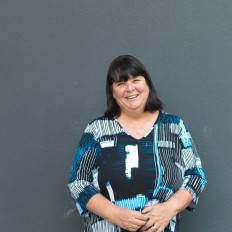
Author: Professor Suzanne Wilkinson - Associate Dean Research, Professor of Construction Management, School of Built Environment, Massey University
Researchers at Massey University, School of the Built Environment, have been working on the problem of how to ensure that the capacity and capability of the construction industry is able to meet the pipeline of work. A programme of work, called CanConstructNZ, is identifying the gaps in New Zealand’s construction capacity and capability, mapping them against the needs of future construction projects.
Already we have discovered that the full pipeline of work is unclear. There is missing data on the full amount of construction that will be procured in the next 5 -10 years. Untangling the structures and resources used in the construction industry has also been identified as an additional challenge. For instance, Tier 1 contractors use other Tier contractors in their bidding and construction work. Bidding is a difficult task, if no bids are won, companies face difficulties such as cash flow and retention of staff. If more bids than expected are won, companies face different difficulties including not being able to meet the project timeframes.
When a major disaster happens, such as Cyclone Gabrielle, the likelihood of construction costs and time overruns is increased, and the supply and demand problems become harder to predict.
After the Christchurch earthquakes, the Canterbury construction industry was short of many construction skills, including trades, engineers, and truck and machinery drivers. There was a lack of accurate information which caused uncertainty in the industry including in whether, or not, to invest in new staff, locations, and equipment.
Construction companies require certainty, transparency, and good information to plan effectively. This is especially important during disaster recovery. If there is a vacuum of information, businesses will fill this vacuum with their own assessments. Forecasting future workload needs to be accurate so that construction businesses can make decisions for their workforce and business operations.
Building back better and increasing resilience have been mooted as rebuilding and recovery approaches, however it’s hard to put these into practice, and the construction industry does not know what these approaches mean for their businesses. The construction industry will experience changes in staffing and will need to train for new technologies and techniques. They may face shortages of resources, including people, plant and equipment.
Procurement practices need to change so that the rebuild from an event such as Cyclone Gabrielle is focussed on whole-of-life best value approaches, including collaborative arrangements such as alliances and partnering, rather than lowest price tendering.
Overall, a clear recovery strategy is needed which brings together multi-agencies and industry; utilities; recovery and rebuilding agencies; welfare and local community organisations, to work out what it means to build back better and increase resilience at a local level.
The construction industry has an important role to play in recovery and rebuilding post-Gabrielle, but unless the industry is incorporated into strategic planning, and expectations are clear, the problems faced during the Christchurch recovery and rebuild will be repeated.









